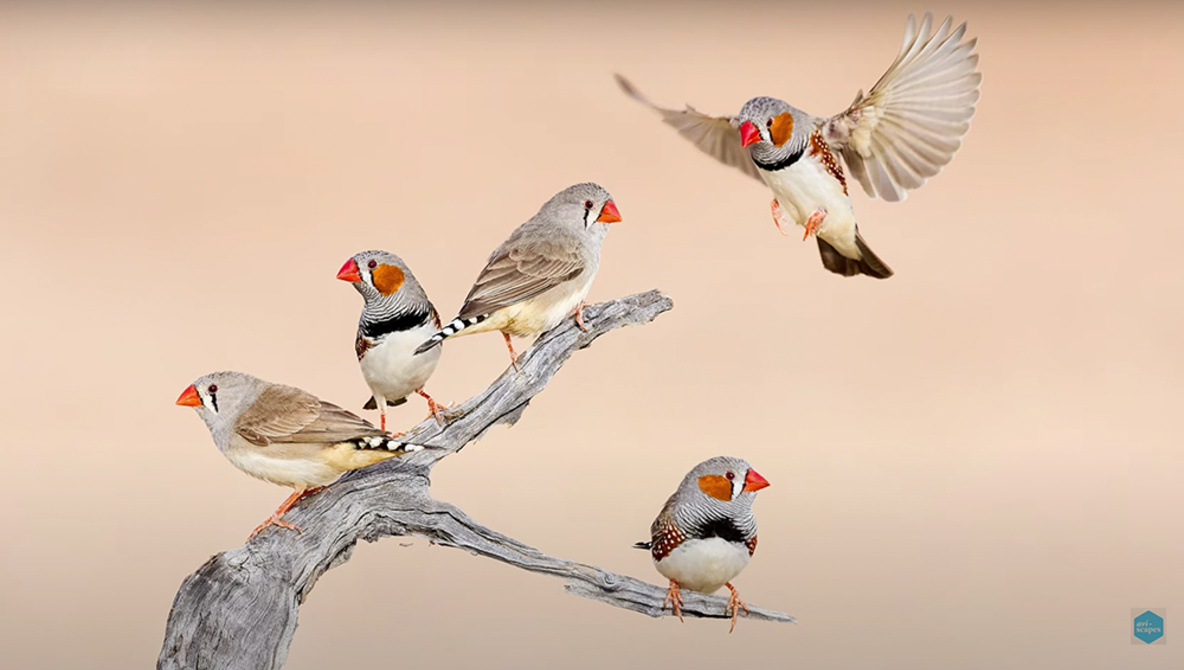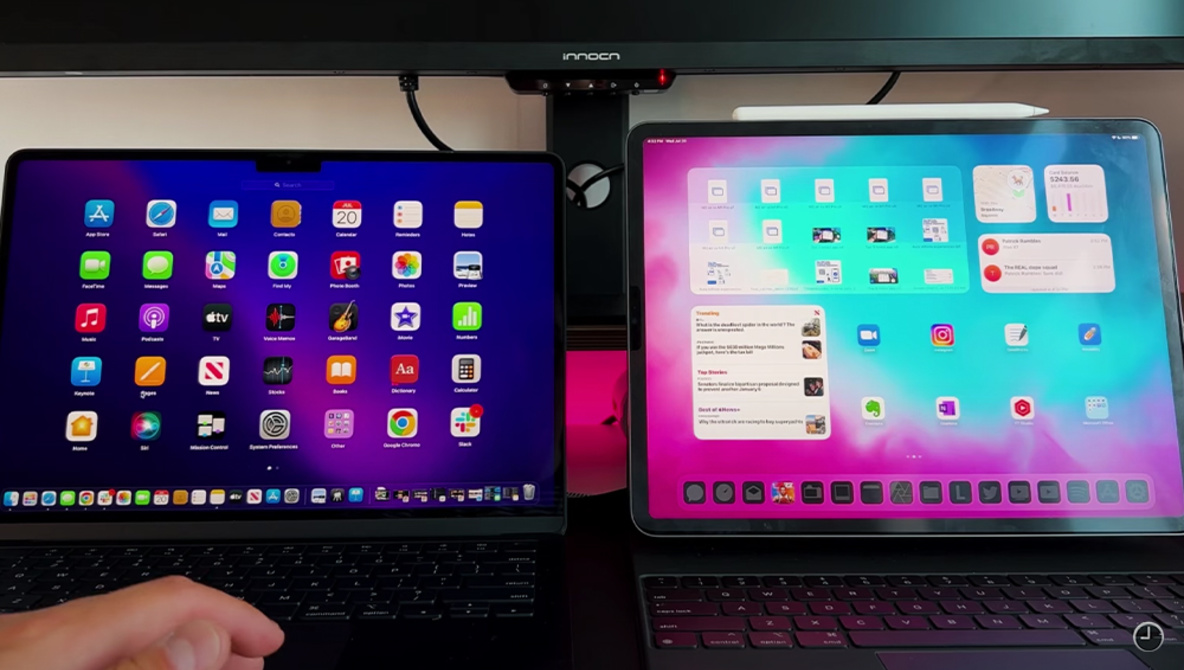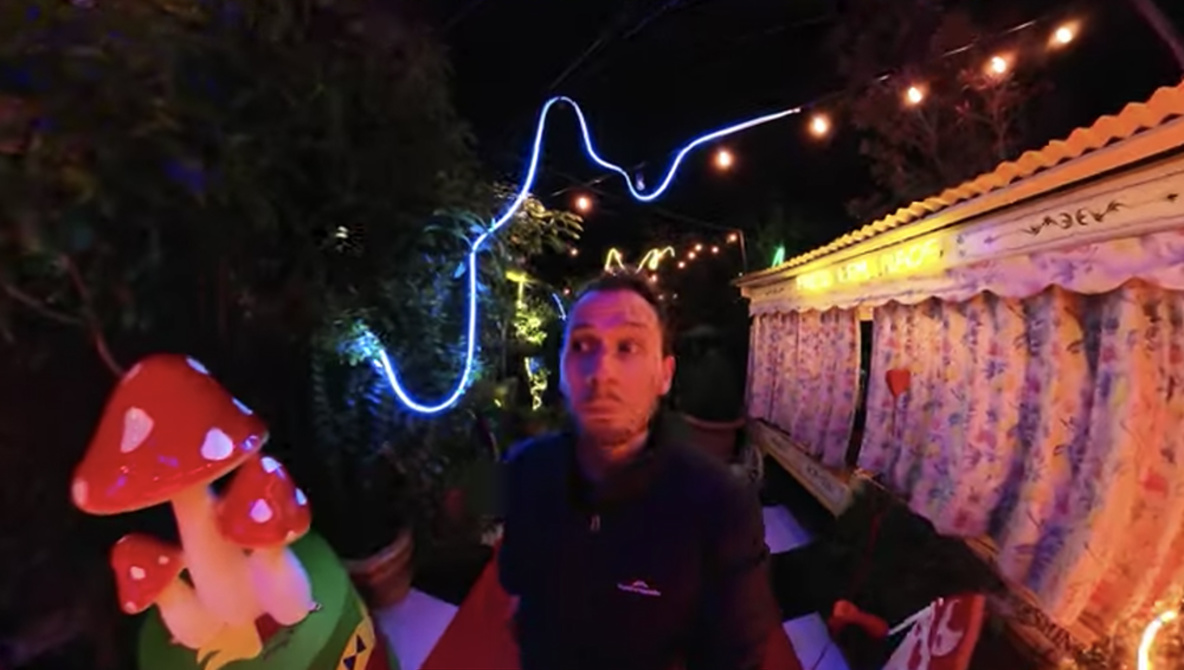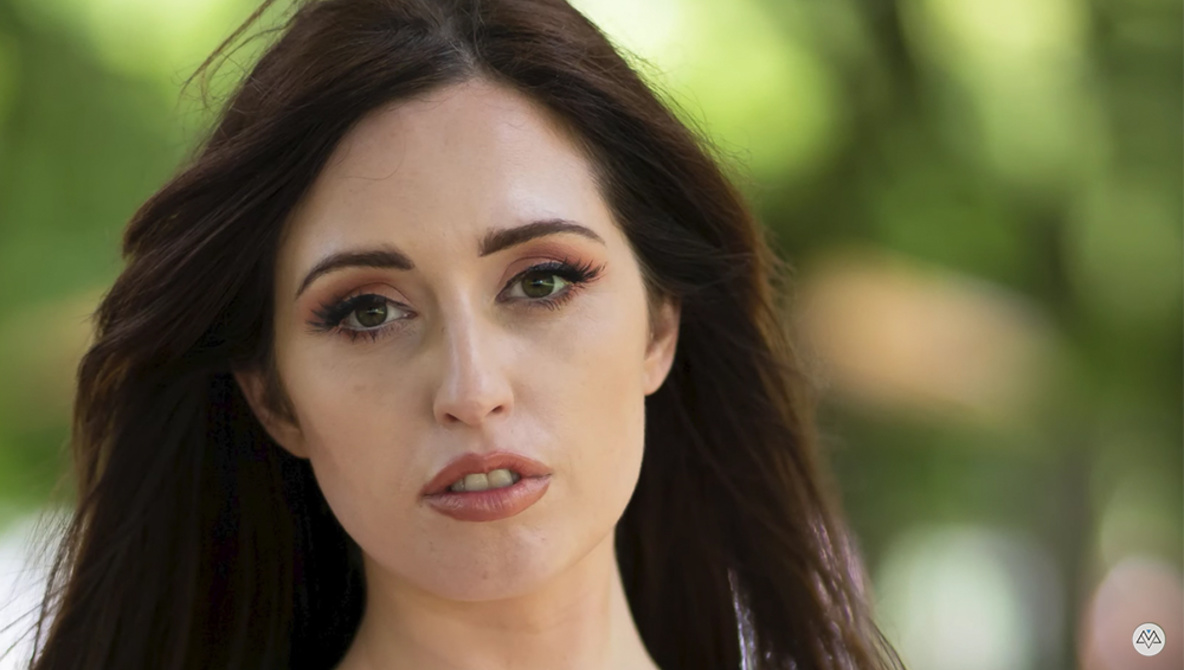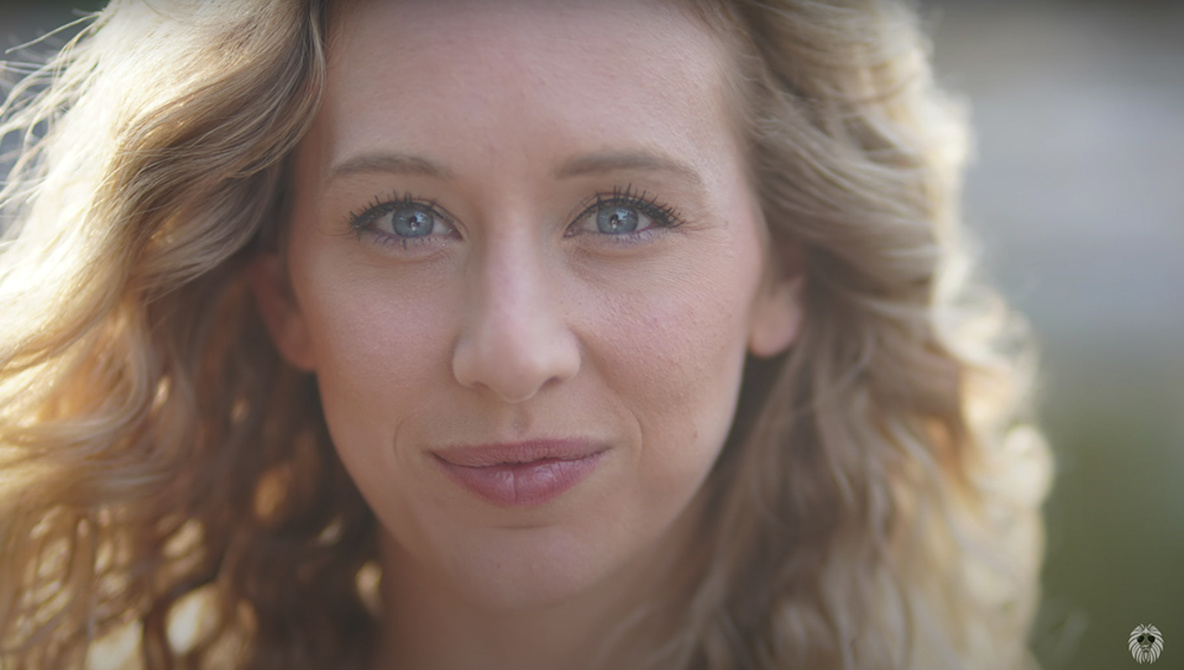Fujifilm’s GFX line of mirrorless cameras turned the paradigm of medium format on its head by making it far more affordable, so much so that it has become a viable alternative to full frame, particularly for people like portrait, wedding, and landscape photographers. If you are interested in the camera for your work, check out this fantastic video review that discusses one photographer’s thoughts on the camera after using it for landscape work for a year.
Gear
How a Dry Cabinet Can Protect Your Cameras and Lenses
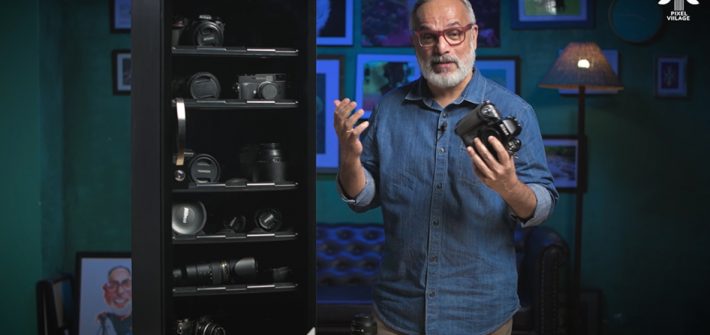
If you live in a particularly humid environment, you might not think about all that moisture very often, but it can cause some serious damage to your cameras and lenses in the long-term. If you live in such an area, a dry cabinet can protect your gear, and this excellent video will show you both how they are used and why they are beneficial.
A Review of the Canon EOS R3 Mirrorless Camera

The Canon EOS R3 has some of the most advanced capabilities and features the company has ever put in a camera, making it an appealing option for a wide range of creatives, particularly sports and wildlife photographers. This great video review takes a look at the camera and the sort of performance and image quality you can expect from it in the field.
Duo Boards Might Be the Perfect Photography Surface for Food and Product Shoots
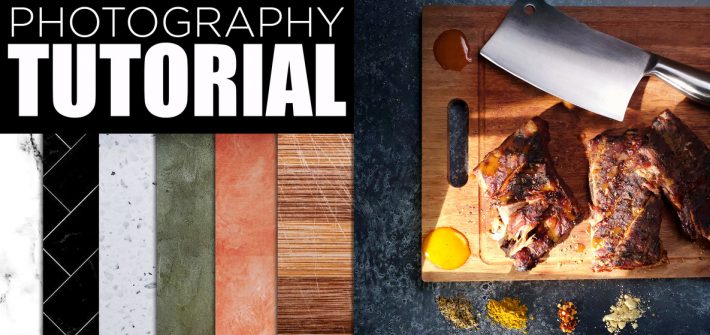
If you are like me, you probably have a closet full of random tiles, boards, and construction scraps just in the event you need an interesting surface to shoot on. These new photography surfaces by Duo Boards set out to change my messy studio, and this photography tutorial shows you how useful these backdrops can be!
Should You Get a MacBook Air or iPad Pro?
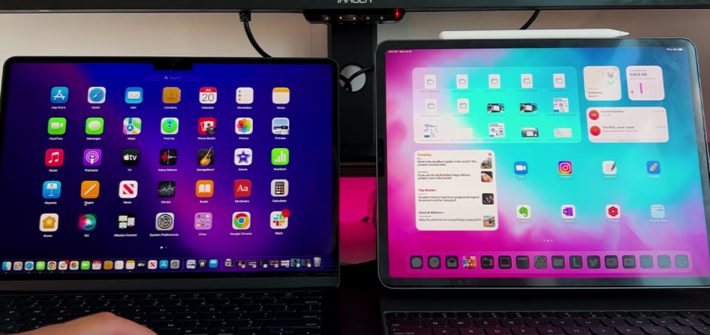
A few years ago, asking whether one should get a laptop or a tablet for professional work would be a ludicrous question. However, with options like external display support and the same chip used in MacBooks, the iPad Pro is an intriguing option and in some ways, it is even a better one. So, which is right for you, the MacBook Air or the iPad Pro? This great video will help you answer that question.
You Don’t Need Expensive Gear to Enjoy Landscape Photography

No matter what genre you shoot, you can quickly fall down the hole of spending a ton of money on gear in the pursuit of the perfect shot. However, you can easily create high-quality, compelling images even with basic budget gear. This excellent video is an important reminder that you do not need a lot of pricey gear to create good photos and just as importantly, to enjoy the craft.
How to Get Better Low-light 360 Video

Shooting 360 video in low-light has never been easy, but larger sensors that are popping up in cameras like the Insta360 ONE RS 1-Inch 360 Edition Camera are increasing possibilities for night shooting. Here are a few tips to make the most of whatever 360 camera you’ve got for low light.
Who Makes the Best 85mm Lens? Samyang, Sony, or Sigma?
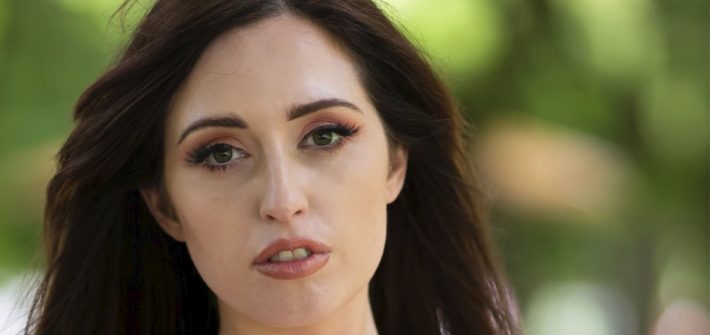
An 85mm lens with a wide maximum aperture is the tool of choice for countless portrait and wedding photographers, offering a classic, flattering focal length in tandem with shallow depth of field and plenty of low-light capabilities. Such lenses run a wide gamut of prices, however. This excellent video comparison takes a look at three options with a $1,000 price difference between them, the Samyang AF 85mm f/1.4 FE II, Sony FE 85mm f/1.4 GM, and Sigma 85mm f/1.4 DG DN Art.
Can This Sub-$200 85mm Lens Produce Professional Images?
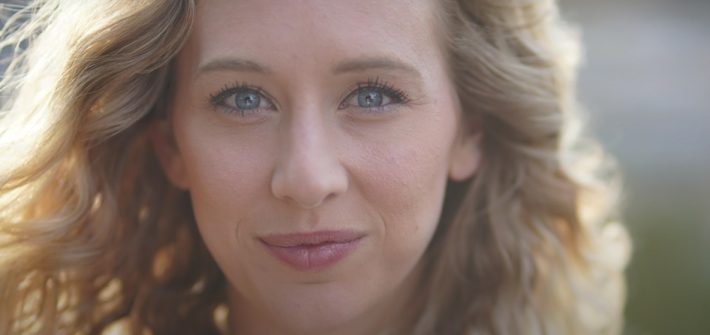
An 85mm lens with a wide maximum aperture is one of the most popular options on the market, particularly useful for portrait and wedding photographers who want a flattering focal length and narrow depth of field. That being said, such lenses can cost well north of $2,000. This is what makes the Meike 85mm f/1.8 so compelling, with a sub-$200 price tag that still includes autofocus. This great video review takes a look at the lens and the sort of performance and image quality you can expect from it in usage.
Do You Really Need a Wide Angle Lens for Street Photography?
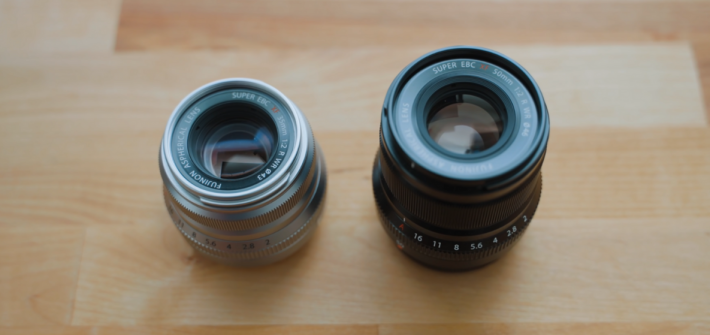
A key component for many street photographers is context in a scene. To many, an image without space in the frame for the setting may be considered as a portrait and not belonging to any particular genre or style. Street photographers are so focused on context they gravitate towards rangefinders that let you see outside the frame. This commonly held approach to street photography lends itself to the ubiquitous use of wide angle lenses.









